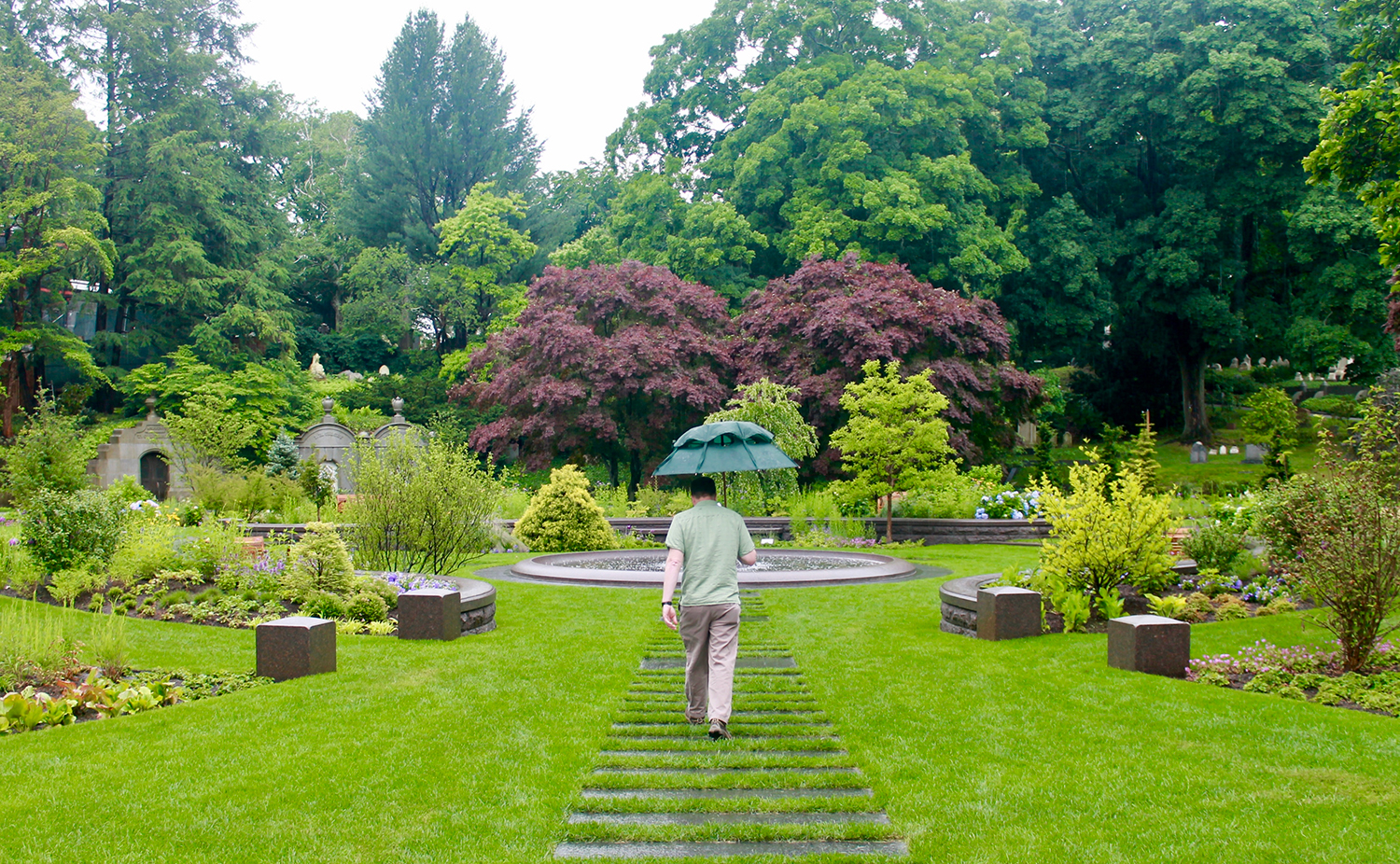Recommended

“The universe is continually surprising us and always weirder than we think it is,” Patrick Gabridge ’88 says by way of introduction to Both/And, his play about quantum physics. Performed at the MIT Museum for two seasons in conjunction with a special museum exhibit, the play explores the universe’s smallest building blocks.
What if something in me is entangled with my cat? In theory there are some bits of us that are connected with some bits of lots and lots of other things.
“It was really neat to work on something that even the smartest physicists can’t draw a picture of,” says Gabridge. Both/And is an episodic 20-minute play with characters in a game-show setting illustrating the tenets of quantum entanglement and explaining interconnected particles with a stuffed-cat prop. “What if something in me is entangled with my cat? In theory there are some bits of us that are connected with some bits of lots and lots of other things,” he says.
Since graduating from MIT with a degree in humanities, Gabridge has written 70 plays performed in over 1,000 productions in 14 countries. His 1997 play Reading the Mind of God is about 17th-century astronomers Johannes Kepler and Tycho Brahe, their fruitful collaboration, and their dramatic ego clashes. In 2017, his play Blood on the Snow gave audiences an immersive experience of the 1770 Boston Massacre at Boston’s Old State House, the actual site of the massacre.

Gabridge’s history-inspired works inspired him to start Plays in Place, a new theater company that presents plays at historic sites and other cultural institutions. “Our goal is to find ways to bring those sites to life and create new plays just for those places,” he says.
The first play he wrote as part of the new company was Cato & Dolly, the story of John Hancock’s wife, Dolly, and a former slave, Cato, set during and after the Revolutionary War. Performed at Boston’s Old State House, the play is staged in front of the original front door of the Hancock mansion. “Because their stories aren’t significantly recorded, my job as a playwright is to fill in the blanks and make a good play,” he says.
I could spend the next 10 years writing plays for Mount Auburn. There’s so much to explore.
Gabridge is also developing a series of short plays that will be staged on the grounds of Mount Auburn Cemetery in Cambridge. One play will focus on historic stories tied to American identity, including Armenian immigrants, while another will showcase the cemetery’s natural environment and several prominent naturalists buried there. “I could spend the next 10 years writing plays for Mount Auburn,” says Gabridge. “There’s so much to explore.”
This article originally appeared in the November/December 2018 issue of MIT News magazine, published by Technology Review magazine.







